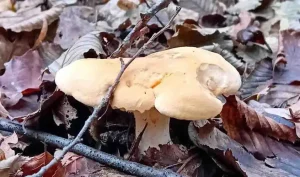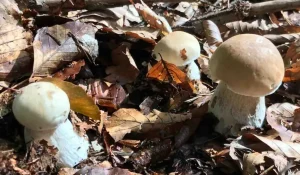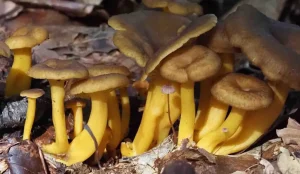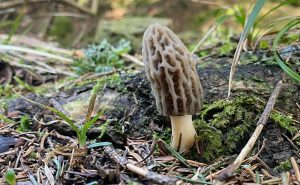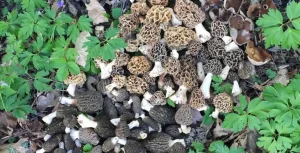Toxicity concerns and the potential for food poisoning from consuming morel mushrooms (Morchella sp.) loom despite their status as a highly sought-after delicacy, treasured for their unique flavor and texture.
This article delves into the reasons behind the toxicity of morels, how proper cooking can mitigate these risks, the symptoms of morel mushroom poisoning, and best practices for safe consumption.

Why Are Morel Mushrooms Toxic?
Morel mushrooms contain a toxin known as hydrazine, which is primarily responsible for their potential toxicity. Hydrazine compounds are hazardous and can lead to hemolysis, where red blood cells are destroyed. This destruction can, in severe cases, lead to renal problems. Moreover, consumption of morels with alcohol can exacerbate their toxic effects, making it a risky combination.
Can Cooking Morel Mushrooms Prevent Poisoning?
Proper cooking is crucial to neutralize the toxins present in morel mushrooms. Cooking morels thoroughly — typically for 15 to 25 minutes at medium heat — can significantly reduce the risk of poisoning. This process destroys the hydrazine compounds, making the mushrooms safe for consumption. Additionally, drying morels at a temperature high enough to break down the toxins can also render them safe to eat. However, there are rare instances where even properly cooked morels have been associated with poisoning, highlighting the importance of understanding and recognizing the symptoms of morel mushroom poisoning.
Symptoms of Morel Mushroom Poisoning
Symptoms of morel mushroom poisoning can range from digestive disturbances to neurological symptoms, such as partial loss of consciousness. In severe cases, poisoning can be fatal, as highlighted by incidents recorded by poison control centers. These symptoms typically arise from consuming raw or undercooked morels, emphasizing the importance of proper preparation.
Distinguishing True Morels from False Morels
A significant risk factor for morel mushroom poisoning is the confusion between true morels and their toxic counterparts, false morels (genus Gyromitra). False morels contain higher concentrations of hydrazine toxins and can cause more severe poisoning. Knowledge of mushroom identification is crucial for foragers to avoid the dangerous mistake of consuming false morels.
Conclusion: Ensuring Safe Consumption of Morel Mushrooms
In conclusion, while morel mushrooms can be a safe and delightful addition to culinary dishes when properly prepared, the presence of hydrazine toxins necessitates caution. Thorough cooking is essential to eliminate the risk of toxicity. Awareness of the symptoms of morel mushroom poisoning and the ability to distinguish true from false morels are critical for safe consumption. By following these guidelines, mushroom enthusiasts can continue to enjoy morels without undue risk.
This comprehensive examination of morel mushroom toxicity, grounded in the latest understanding of their risks and safe handling practices, aims to provide an authoritative resource for both mycologists and culinary enthusiasts alike.
